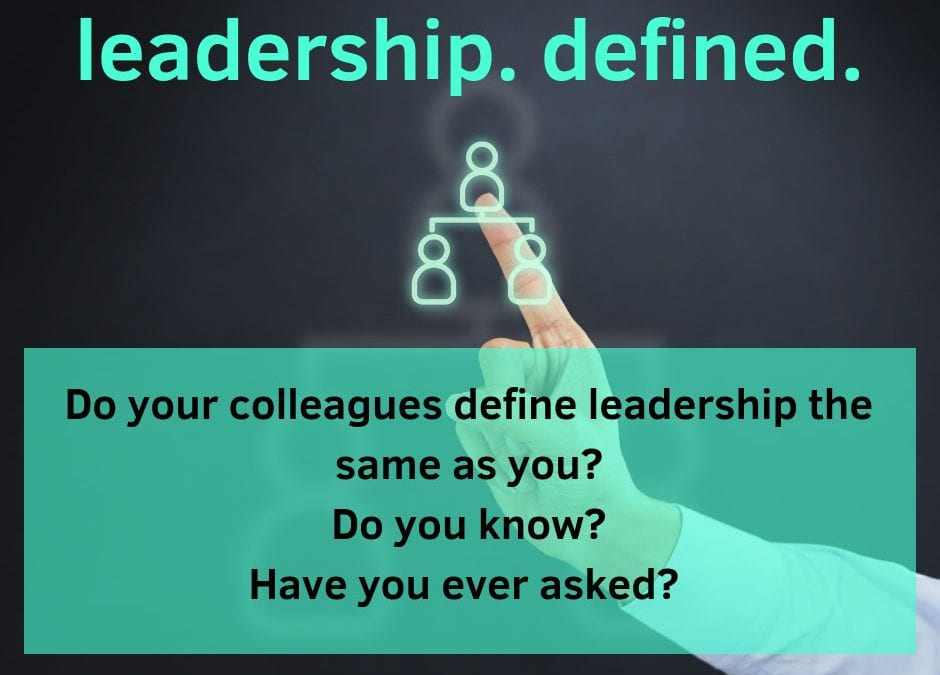The leadership industry has grown exponentially over the past decade, yet the need for effective leadership remains. Study after study, year after year, CEOs consistently cite leadership development as one of their top priorities: improving “leadership bench strength”, filling the “leadership pipeline”, or improving employee “soft skills”. Make no mistake, organizations dedicate significant resources to improving their organizational leadership, through initiatives such as coaches, training and development programs, succession planning, workshops, and speakers, yet these efforts often do not realize the intended results. This is a pretty damning picture for the leadership industry. So what gives?
Well, for starters, leadership studies is a difficult field because everyone has experiences, both good and bad, with leadership. Hence everyone is a self-proclaimed expert. Popular business books, blogs, motivational speakers, and social media add to the problem by flooding the leadership space with people’s opinions about leadership, often inspiring tales that make for good storytelling. But too often such tales lack any research to make them valid, reliable, useful or transferable. And let’s not forget the academics who have generated over 1,200 official definitions and 40 theories of leadership. Thanks for the help! Barbara Kellerman, a noted Harvard professor, refers to all of this as “leadership clutter”.
As a scholar and practitioner, or a “pracademic”, I have been uniquely positioned to understand how to cut through the “leadership clutter”, to improve organizational leadership, and to capture the intended value of leadership development initiatives. Organizations need to create a common language around the concept of leadership. Think about it. Do your colleagues define leadership the same as you? Do you know? Have you ever asked? Does everyone in your organization have the same basic understanding of leadership? What does leadership development mean? Does everyone have the same understanding? How is leadership development different than management training?
My recent research, which I presented at the International Leadership Association’s 20th Annual Global conference, provides a common leadership language for organizations to adopt. The following definitions serve as a quick leadership reference guide and will help organizations establish a shared understanding of leadership and its related terms, focus training and development programs, strengthen succession planning efforts, and develop and support high performers. The leadership definitions build upon the foundation of leadership (i.e. leadership as a process involving leaders, followers, and context) and synthesize generally accepted components of the leadership research literature.
Leadership: A dynamic process involving three factors—leaders, followers, and context—for realizing sustainable validity.
Sustainable Validity: An established direction, alignment, and commitment for achieving long-term superior organizational performance.
Leaders: Individuals possessing level-specific knowledge, skills, abilities, behaviors, and other characteristics essential for gaining the support of others to positively influence the leadership process.
Followers: Engaged individuals with integrity who possess critical thinking skills and level-specific knowledge, skills, abilities, behaviors, and other characteristics essential for actively supporting a leader to positively influence the leadership process. [Note: “actively supporting” means both agreeing and disagreeing with the leader, always grounded in positively impacting the leadership process]
Context: Internal and external factors, including historical components, influencing the leadership process.
Leadership Development: Organizational improvements to realize sustainable validity.
Leader Development: Increasing individual capacity for gaining the support of others to positively influence the leadership process.
Follower Development: Increasing individual capacity for actively supporting a leader to positively influence the leadership process.
High Performers: Individuals who add the right value, at the right level, given their role at the time. [Note: Everyone is both a leader and follower and needs to be an effective leader and follower when in that role, so thinking in terms of being a high performer, as opposed to a leader OR a follower, is a career changer].
